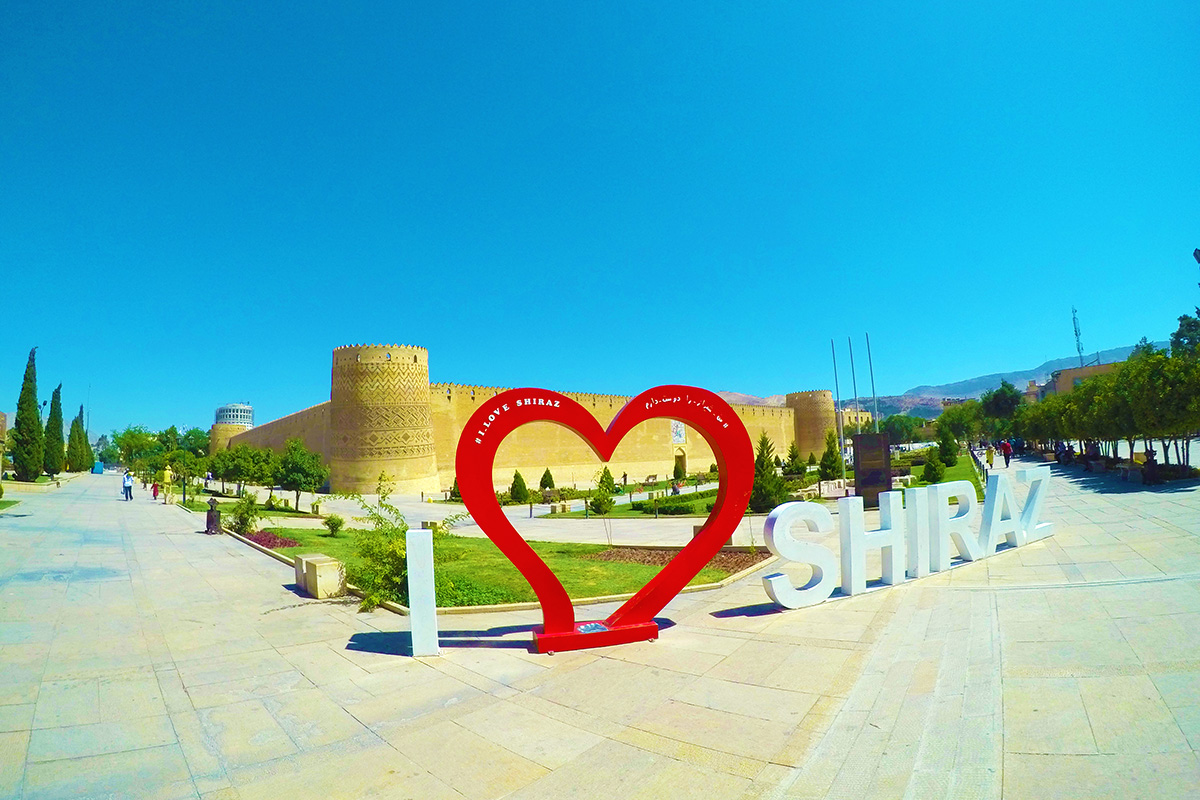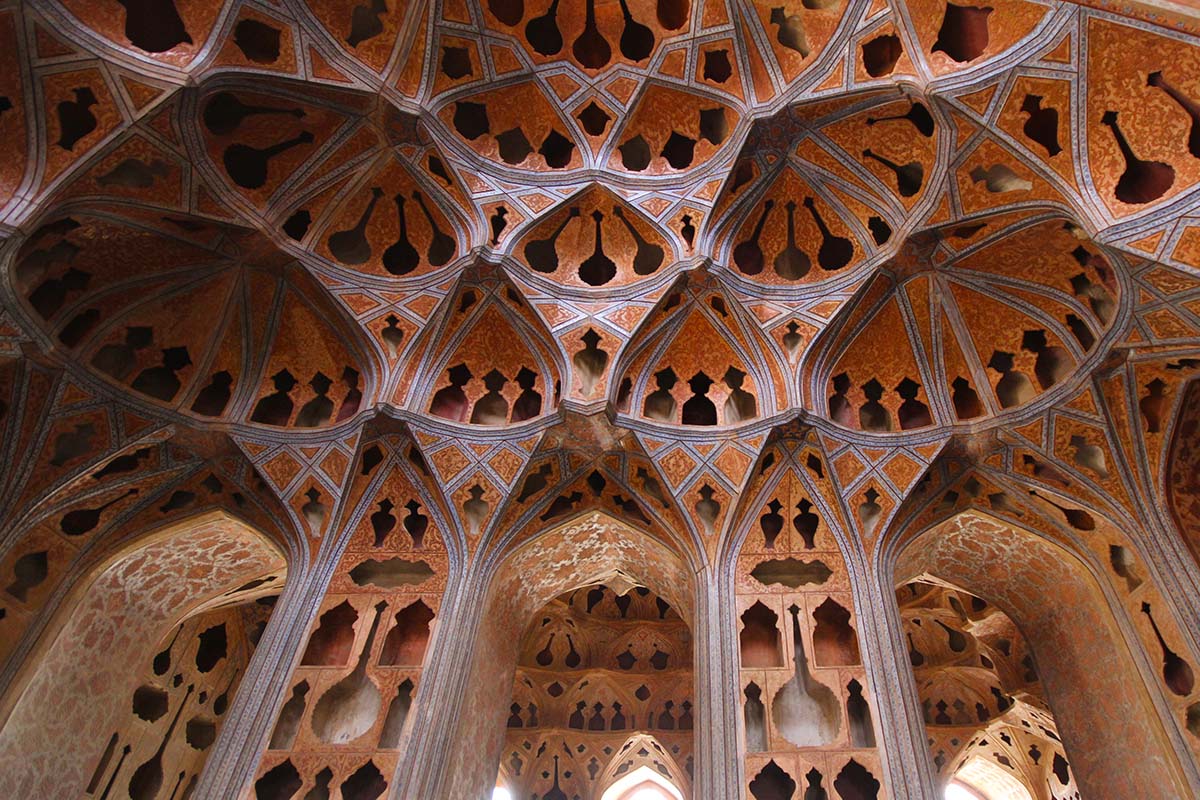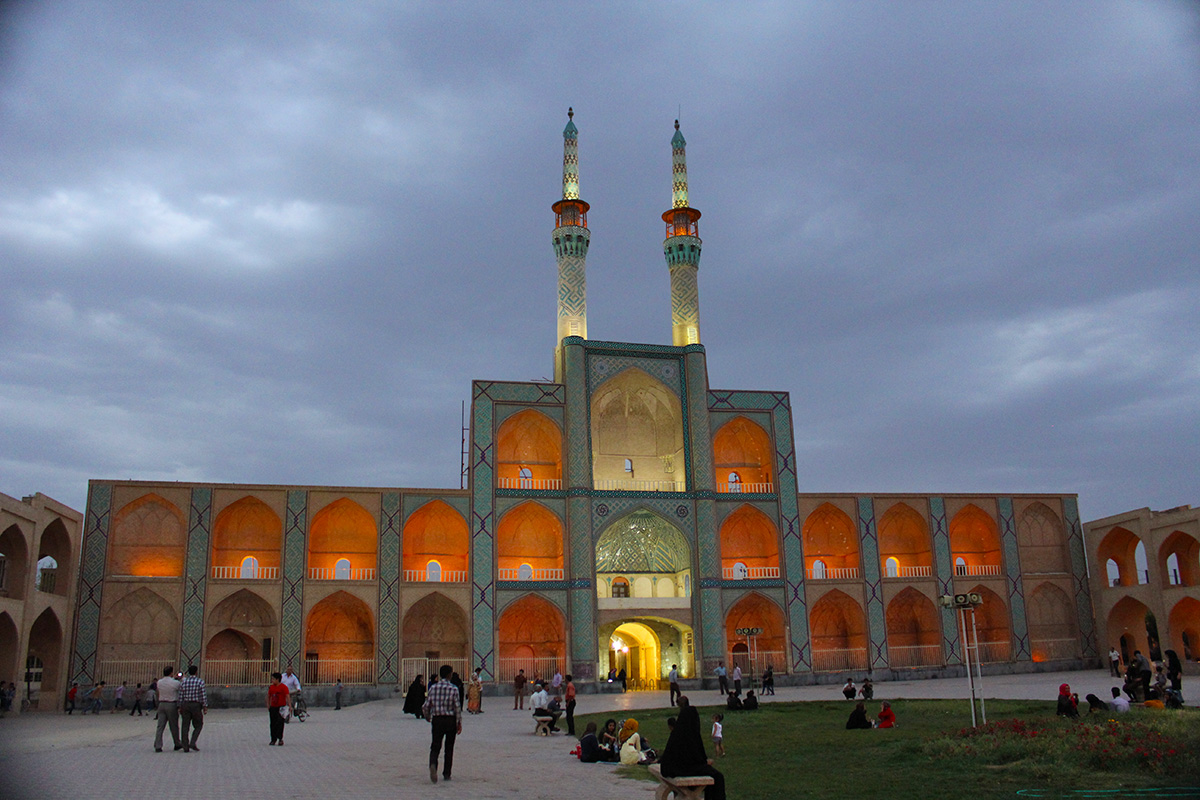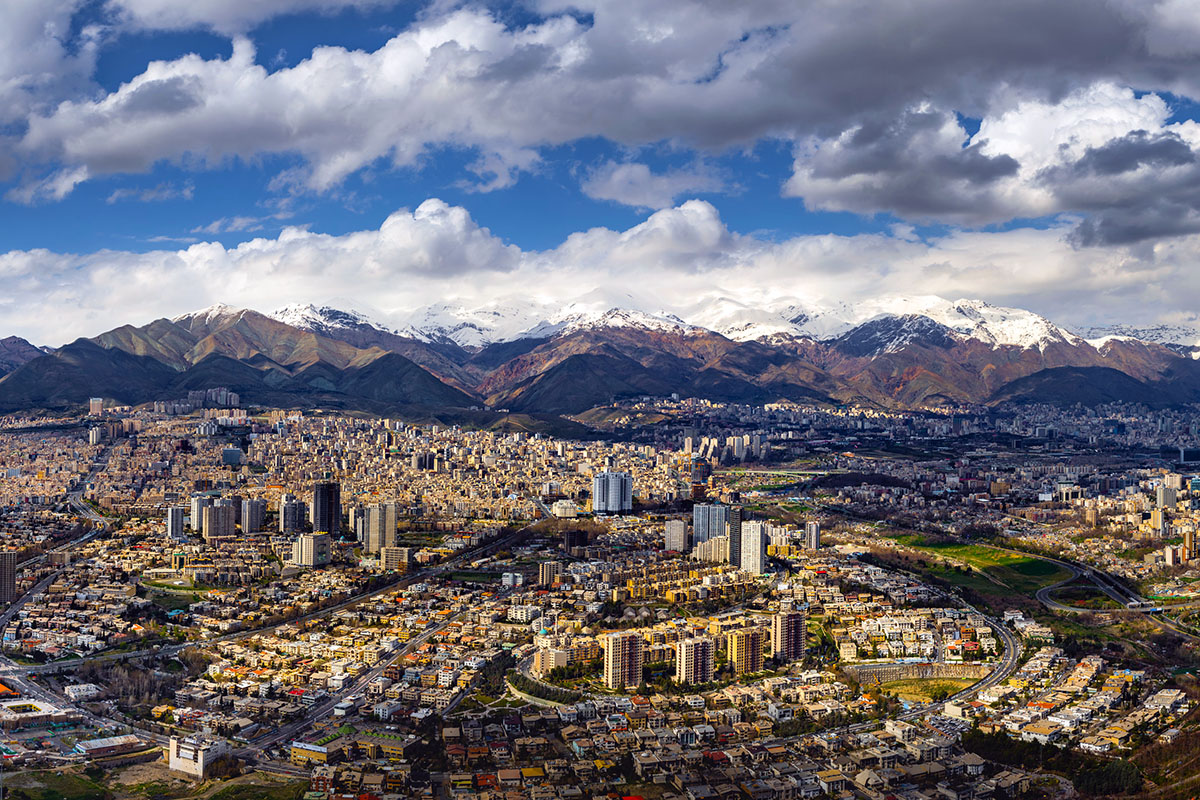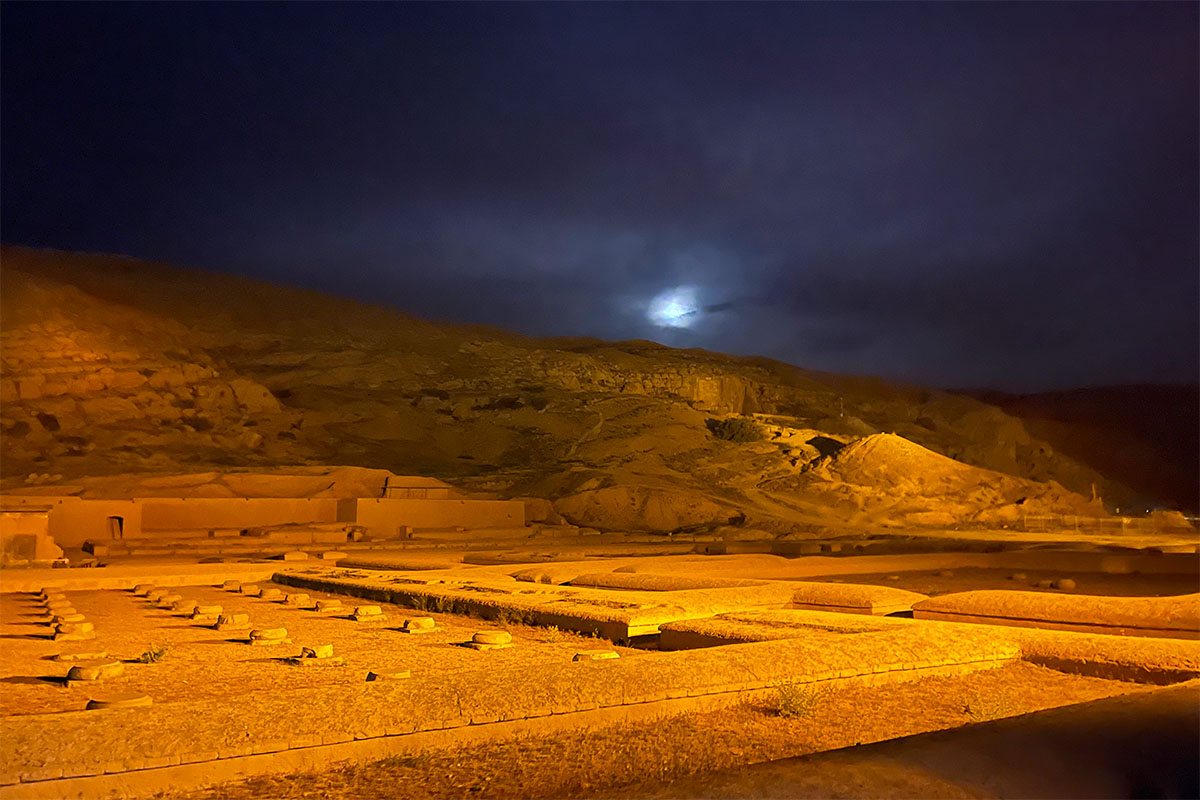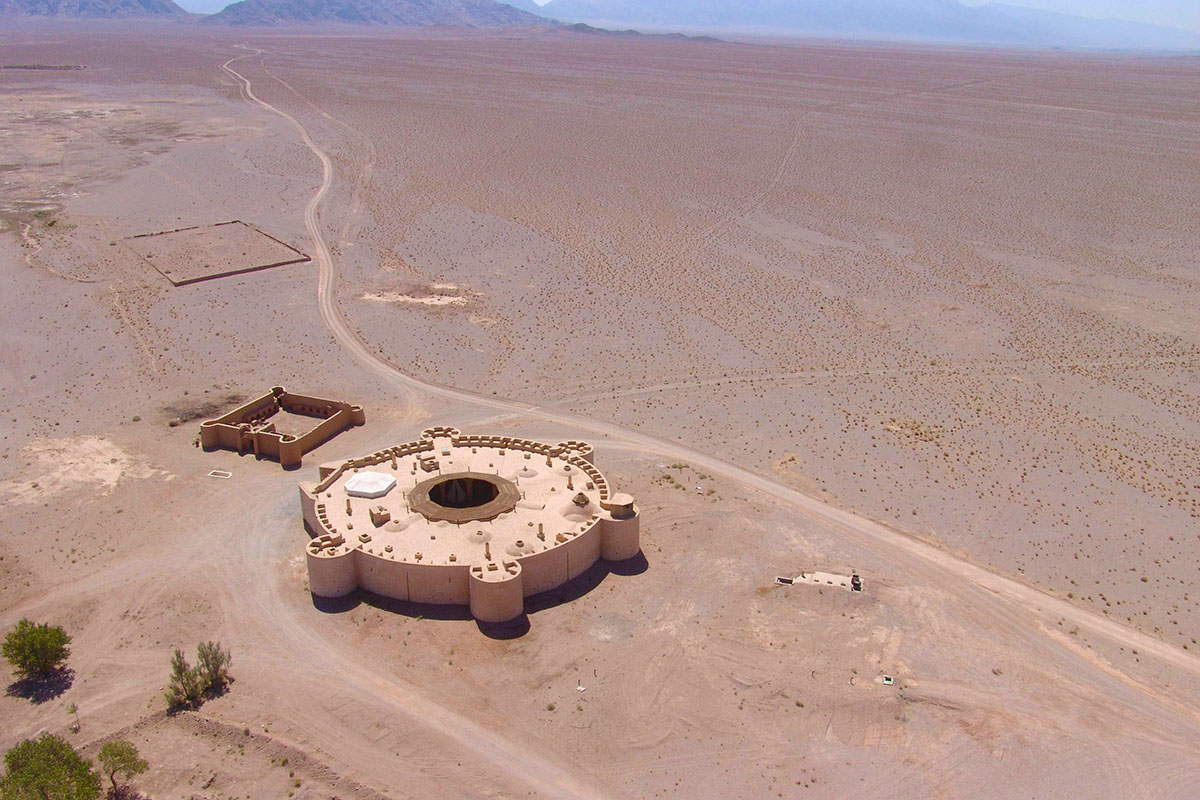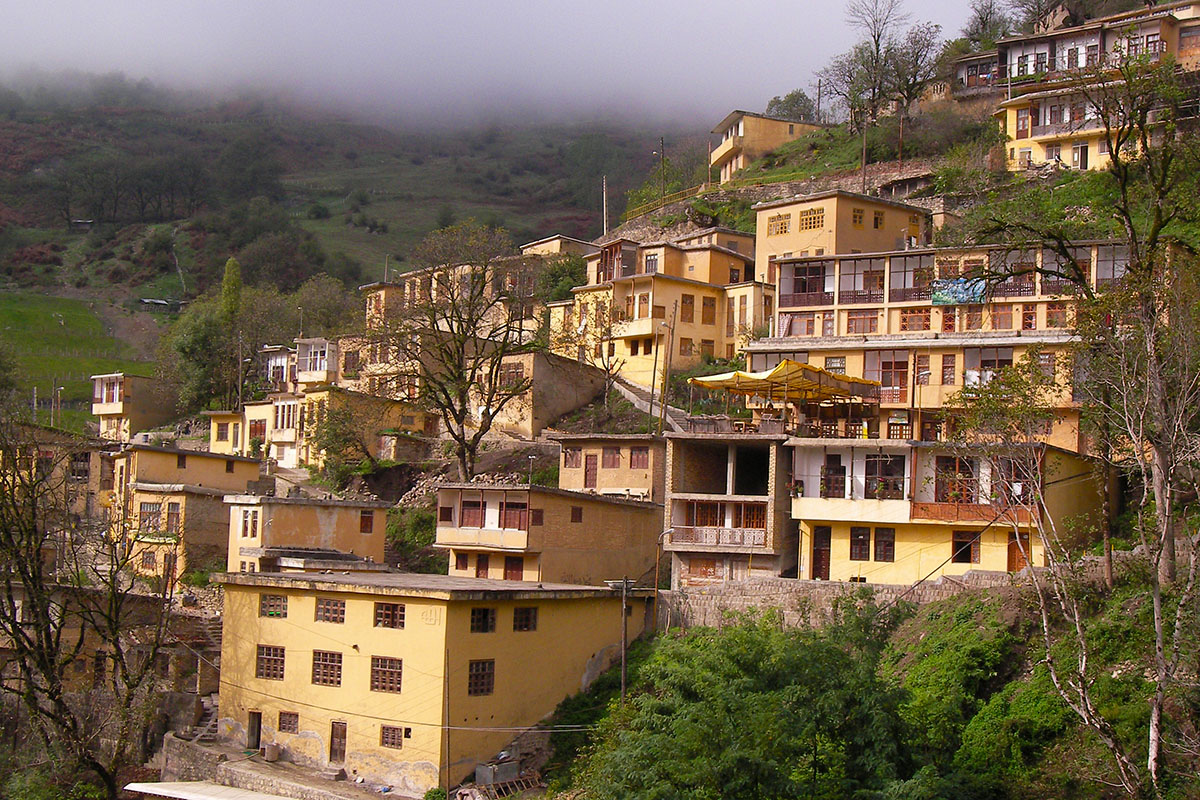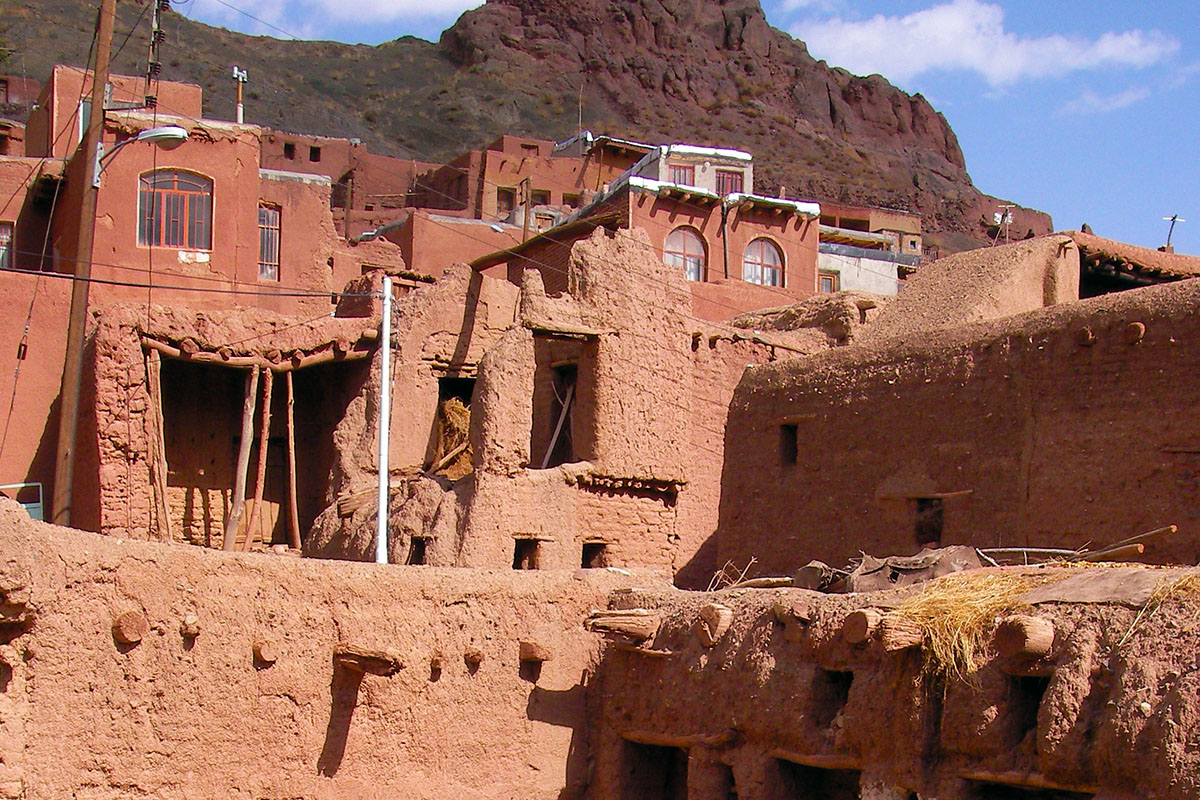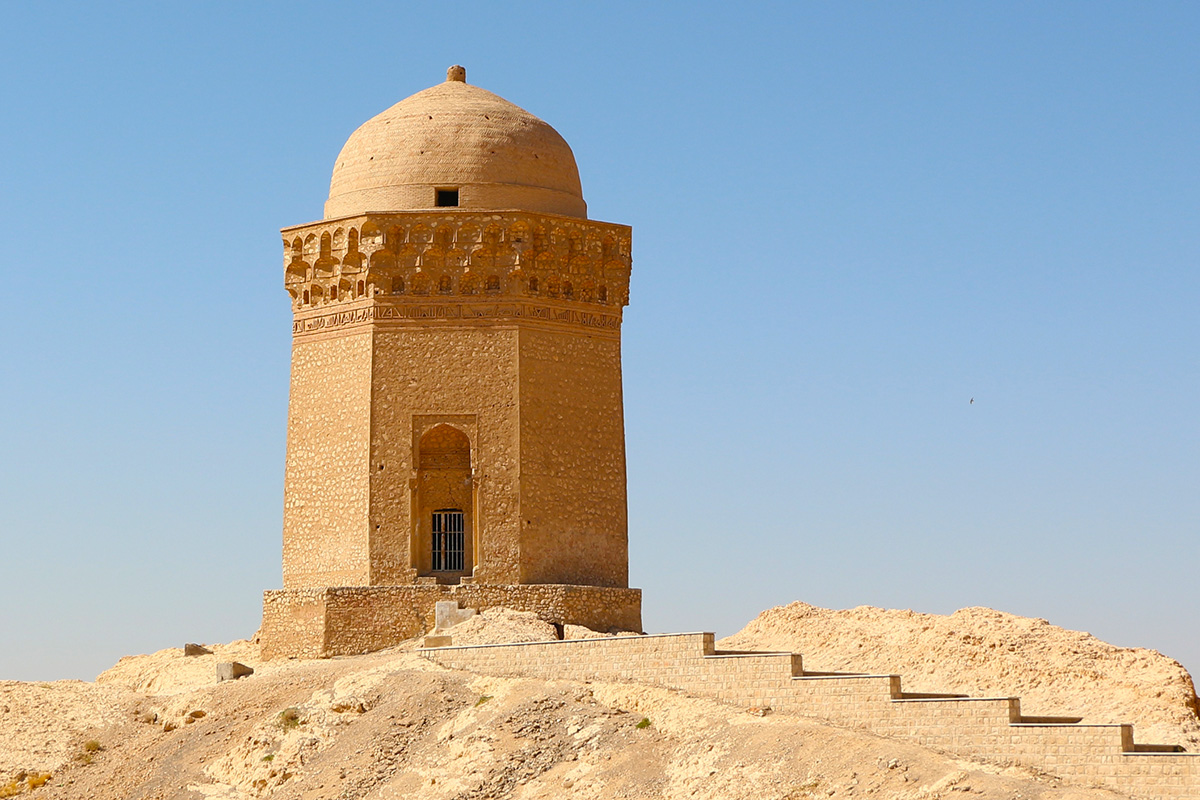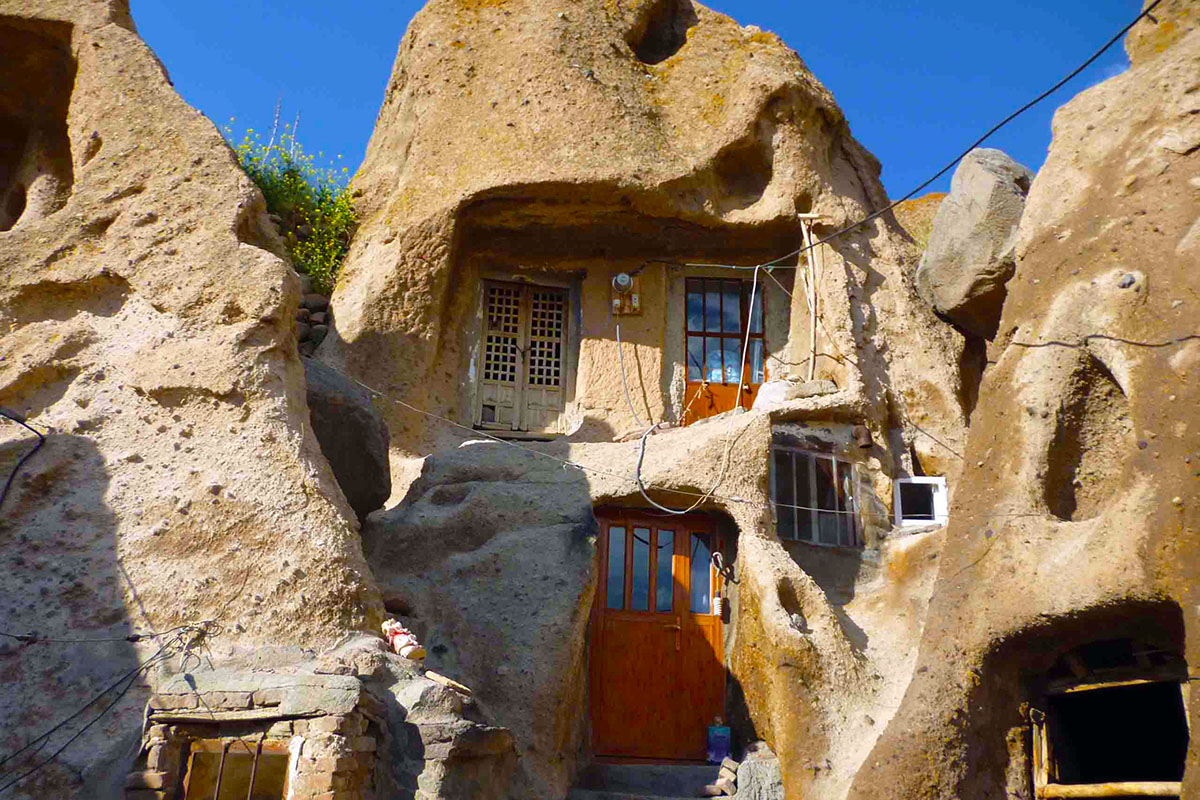Kermanshah
The city of Kermanshah extends through an alluvial plain located in the south of steep mountains and at the foothills of Mount Kuh-e Sefid. The Zagros mountains make this region one of the most picturesque territories of western Iran and determine its moderate and mountainous climate. This means that during the winter the inhabitants suffer severe cold with snow and in summer enjoy a warm and welcoming weather. Kermanshah is the largest Kurdish-speaking city in Iran.
History
Bahram IV (388-399) was the governor of Kerman, later on a territory in the west of the kingdom was assigned to him which he called Kermanshah. There is no reliable data prior to the Sassanid era, but some Assyrian inscriptions speak of a city called Nishabi, which could have been the precedent of Kermanshah, located a short distance from the current city. The Assyrians dominated the region until the King of Medes (633-585 BC) defeated them. From the pre-Achaemenid period to the Arab invasion, the region of Kermanshah was of vital importance for successive dynasties. The Arabs put an end to the prosperity of the place by burning the city. The fact that Kermanshah was found on the main access route to Baghdad caused a constant flow of merchants, ideas and also armies. The Mongol invasion of the thirteenth century meant a new destruction, the same happened a century later with Tamerlane. The time of splendor for Kermanshah was not until the middle of the seventeenth century in the reign of the Safavid monarch Abbas II. These good moments didn’t last long, since the constant fights with the Ottomans stopped the expansion of Kermanshah. In the Qajar dynasty, Kermanshah was reborn after years of insecurity and slowly prospered. In 1800, Mohammad Ali Mirza Dowlatshah was elected as the governor of Kermanshah and during his twenty-five years in charge he made great efforts to enrich and embellish the city. Many of the notable buildings (garrisons, bazaars, mosques and public baths) are from this period. Between 1980 and 1988, The city was harshly damaged during the Iran–Iraq war, and although it was rebuilt, it has not yet fully recovered.
Attractions
Tekyeh-e Moaven ol-Molk
The noble building of the museum is a construction of the Qajar era; It belonged to the family of Moaven ol-Molk who later gave it to the State. Beautiful mural paintings are exhibited. This site is well known for its unique tilling representing Islamic Era Ghazi (warrior), the Battle of Karbala and the pictures of Iranian kings such as Achaemenid kings and Persepolis. Colors used in Tekyeh Moaven ol-molk are one hundred percent natural.
Biglar Beigi Mosque
This construction dates back to Qajar era and is well known for its unique stucco works and mirror decorations.
Taq-e Bostan
Taq-e Bostan is located 5 km from the city center of Kermanshah. The Sassanid artists made excellent artworks, sculpture and carvings. In Taq-e Bostan (Arch of the Garden), an exceptional artistic complex has been preserved which consists of two arches cut in the mountainside. The larger one has an external part decorated with carved patterns showing angels on top and floral decorations on the lower part. The interior walls are covered with bas-relief sculptures. On the back wall, in the lower part, there is the sculpture of the Sassanid emperor Khosrow II; He mounts a horse, wears a helmet and holds a spear. In the upper part, the scene represents the coronation of Khosrow and on both sides there are magnificent reliefs of hunting scenes; elephants mounted by men, women playing harps in a boat and many animals such as boars and deer. This part has a perfect harmony. In the right arch, the smallest one, several sculptures of diverse Sassanid monarchs such as Ardashir II, Shapur II and Shapur III are seen. Also, a bas-relief of a group of three figures can be seen; It shows the coronation of Ardashir II, with the presence of Ahura Mazda and Mitra. The reliefs and sculptures were made at the beginning of the 7th century. They are considered one of the masterpieces of Iranian art.
Behistun Inscription
It is situated about 25 km east of Kermanshah. The road that extends from Kermanshah to Hamedan runs approximately in the same place where one of the most important caravan routes of the Middle East passed. Before the camels and the merchants used this road, the prehistoric man had already inhabited the place which is located near Bisotun, in a landscape dominated by the river and a rocky cliff. At the same point, the emperor Darius defeated several governors who tried to break the Achaemenid Empire in 521 BC. To commemorate the battle, the Achaemenid kings had different scenes recorded and written on the vertical rocks of the cliff. The inscriptions are trilingual, the languages are Babylonian, Elamite and Old Persian. It is unknown why most of the writings and engravings are at such a height (some are more than 50 meters above the ground level), but it is likely to prevent their destruction and at the same time to be seen and served as a lesson to all those who passed by the route. The most important reliefs are those which depict the victory of Darius I, with the inscriptions that surround it, and the sculpture of Hercules with the lion.Behistun was registered in UNESCO World Heritage Site.
The engraving of Darius, located about 50 meters above the ground, shows the sovereign much bigger than the other characters (it measures 1,80 meters). Gaumata, his enemy, lies at his feet. In front, nine rebellious governors stand, with hands tied and rope around their neck. Two soldiers guard the emperor with their bows and spears. Over the scene at the top, Ahura Mazda is seen, with all its characteristic symbols. One figure appears to have been added after the others were completed, as was Darius's beard, which is a separate block of stone attached with iron pins and lead.
Going towards the village of Bisotun, there is a staircase that ascends to a platform from which you can see the statue of Hercules. The sculpture was discovered in 1957. This sculpture is quite unusual; It is a Greek work carved by successors of Alexander the Great. A stone inscription in ancient Greek testifies so. This giant Hercules lays on his elbow and holds a bowl with his other hand. The details of the great statue of Hercules, like the olive leafs, curly hair of the Hercules and the inscription written in Greek, indicate the cultural and political connection between Iran and Greece during that time. The platform measures 220 X 150 centimeters. The date has been estimated sometime during Seleucid or Parthian Empire.
Souvenirs
The famous handmade footwear which is made in Kermanshah goes beyond the province. Giveh is a kind of espadrilles made of cotton and leather, very comfortable and durable. Sweets such as Nan-e Berenji (rice crackers) and Kak, copper tableware, rug and kilim are other souvenirs from Kermanshah.
Transportation
By bus
Kermanshah is well connected to all the regions of the west of the country and also to the center. Connections with Tehran are frequent.
By airplane
Kermanshah airport has several flights to Tehran, Isfahan, Mashhad and other cities.

